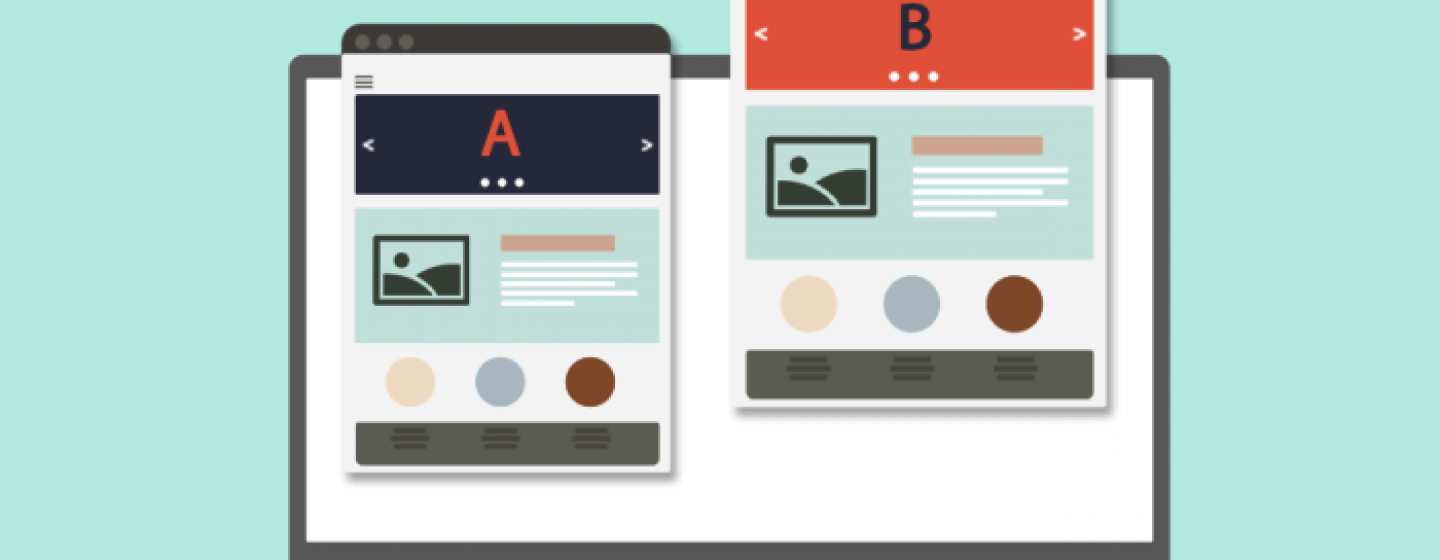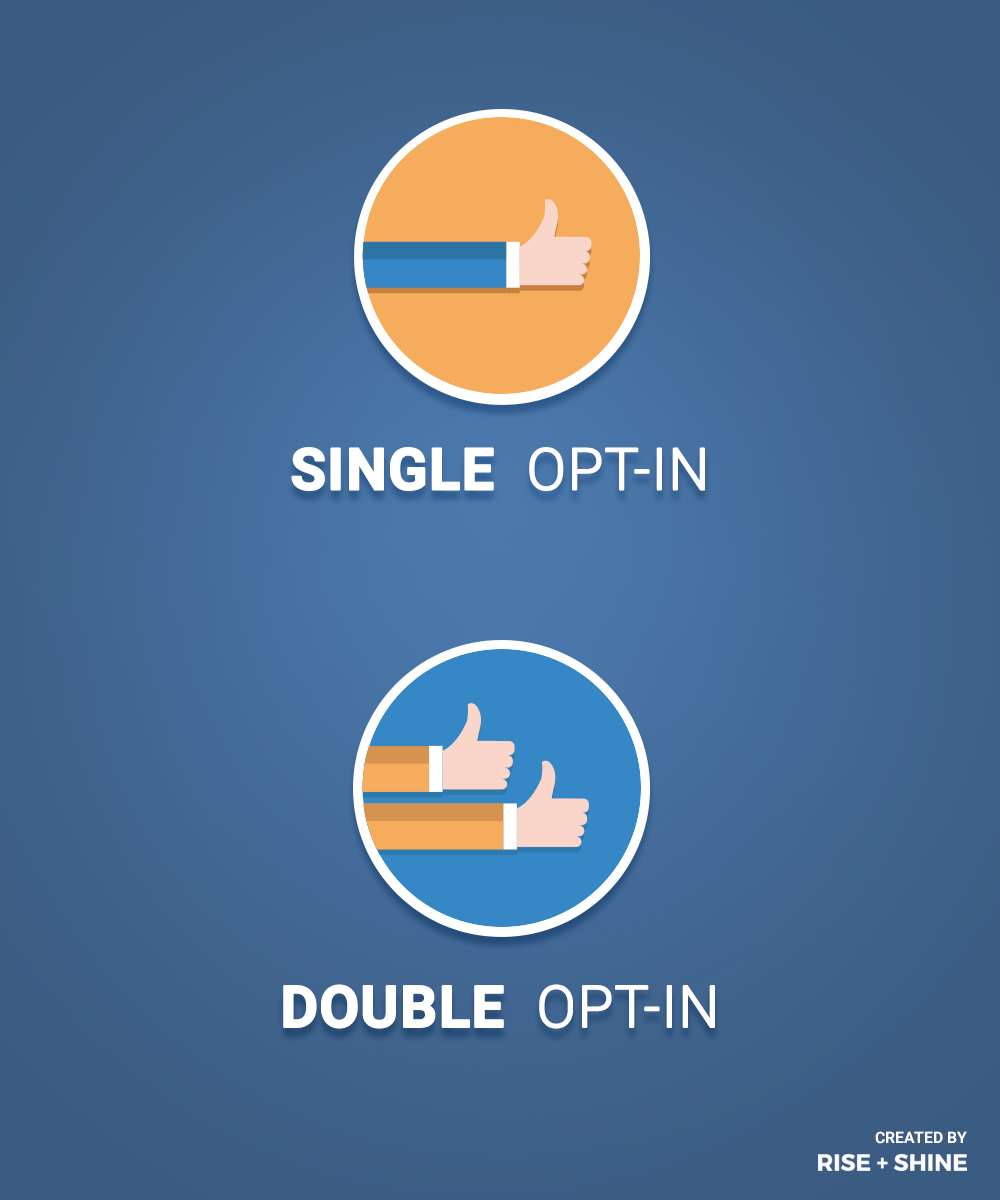A/B testing from A to B

How to make sure whether changing a Call-to-action button color to green will result to more lead generation webpage?
Consistently optimizing your website undoubtedly helps to expand sales funnel. The slightest changes on your webpage may lead to unanticipated scenarios. But it is a crucial thing to remember that all creative ideas will not be anything more than a guess, unless they are justified on practice.
A/B testing (aka split testing) is an exploratory way to assess the changes you made on webpage. By opting on behavioral patterns of visitors, it tells which particular adjustments will have positive effect.
Split testing journey looks as follows:
1. You examine current performance of webpage and define a hypothesis. A correctly formulated hypothesis helps to thoroughly test your ideas and estimate their actual impact.
2. Create a trial page to test your actual hypothesis. To fully take testing procedure under control, make sure your trial webpage is identical to a currently functioning page, except one particular element you are trying to test. In our case, changing the color of the CTA to green.
3. Derive two significant sample sizes from your website traffic with ratio 1:1. Distribute visitors within each sample size equally on both original and trial pages to start testing procedure. Keeping distribution ratio 50% for each website is crucial to achieve valid results. If you have no idea what size your sample should be or want to reassure you’re on a right track, check Optimizely online sample size calculator.
4. Compare the results of webpages within the same timeframe. Finally, you are able to come up with the decision whether to accept or reject your new website. Keep in mind, that all the conditions should be the same for both pages, except the element you are testing. If not, you may achieve distorted results representing something way far from the reality.
In other words, construct two versions of a same webpage with one difference. Equally spread sampled traffic to visit them. The results of user interaction with each page will tell which version performs better.
IT’S A HYPOTHETICAL QUESTION
Hypothesis consists of two main blocks.
First section includes a zero hypothesis and actual hypothesis.
Actual hypothesis is an Introduced idea, which is supposedly a solution to the problem. Basically, it’s a modification you would like to introduce to the page.
Zero hypothesis represents your currently functioning webpage. It’s a reference point of your test, as you need to form a basis for evaluation. It is impossible to tell whether new adjustments improved your running site without comparing it to former results.
Second block holds the results you are expecting to achieve after implemented changes.
You define KPI’s to tell whether achieved results meet expected goals. Moreover, using this information defines whether your modified webpage outperforms an original.
BEHIND THE SCENES
Prior to formulating a hypothesis make sure you set up goals for your test and defined issues separating you from objectives. Proceed to hypothesis development only after you met two conditions:
- Defined testing objectives;
- Defined problem to be solved.
GET TO KNOW YOUR PROSPECTS FROM THE VERY START
Forget everything you know about customers. Predicting the outcomes intuitively is another step towards the pit of failure. Make decisions only based on reliable data. Hypothesis test based decision-making is a solid foundation for optimizing a website. Way more credible than guesses and personal ideas.
One step at a time
Not to be mentioned for the first time, not for the last either. Test your ideas one at a time. By simultaneously testing numerous elements, you are getting in danger to be pulled into a maze of data. Complex testing structure can easily lead to wrong conclusions. Testing button color, size and positioning at the same time won’t tell which exact change made an impact on conversion rates.
Test right on moment
When is the correct time for testing? Sales flows are not static. You can’t expect your business to have identical performance next month, wage rules are not applicable in this case. Even to keep sales in a same level, changes have to be made on a regular basis.
To make sure your business is viable, you make changes to keep it up to date with constantly changing trends. Every moment there is a place for change, there should be for testing.
What to test
In most of the cases, major improvements in lead generation are seen by enhancing elements as follows:
- Page title. Users make instant decision whether to proceed in exploring the page or not, based on its header.
- Picture. Every website has such a prerequisite on its homepage. This element is rich for first sight involvement. Moreover, visual content is responsible for the major share of user focus.
- Landing page. Thoroughly refine main source of lead conversion on website. Vary your changes from text lengths up to number of fill-in fields.
- Call-to-action. Being an integral part of a landing page, a button is responsible for a half of its success. Imagination is the limit for manipulations with a CTA.








